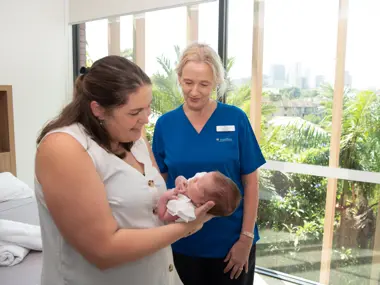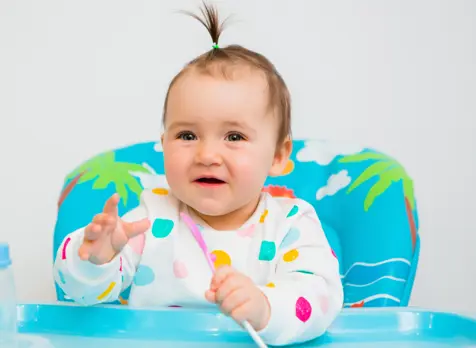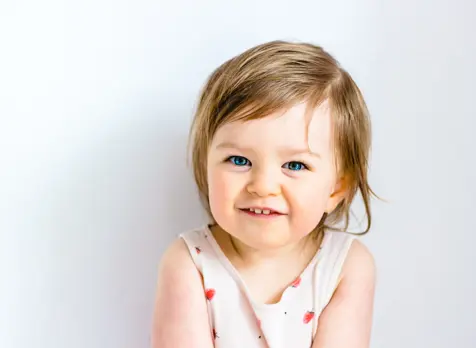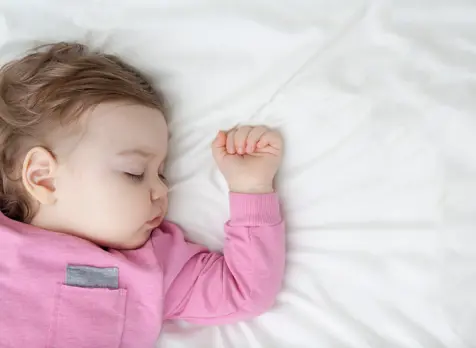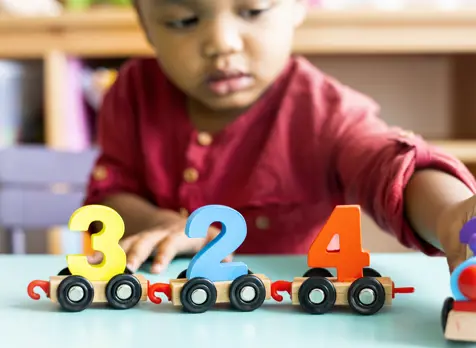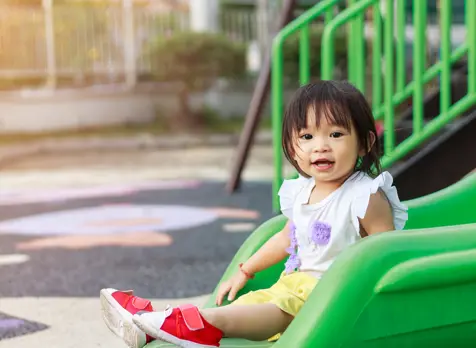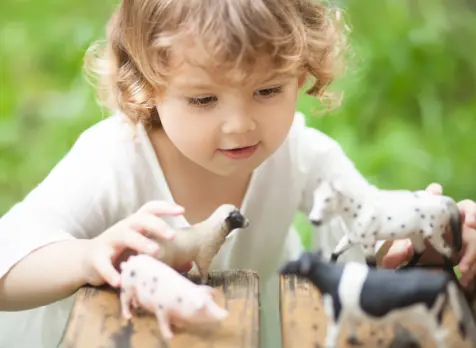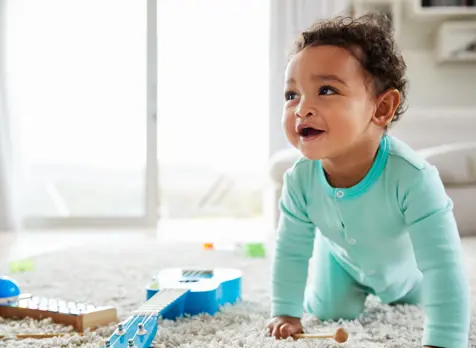Toddler Toilet Training
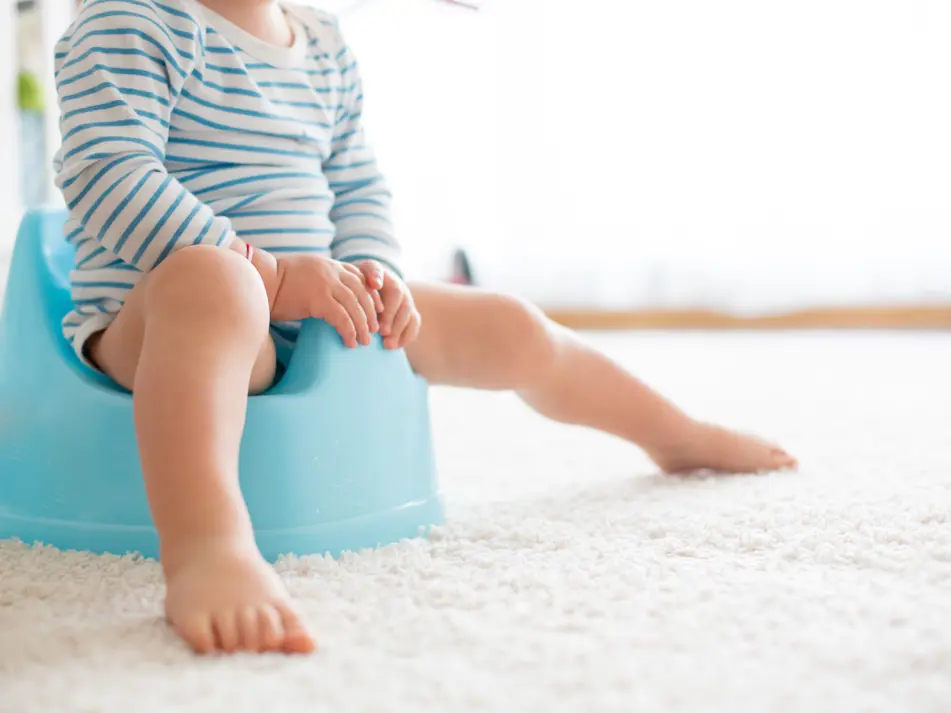
Learning to use the toilet or potty is a big step for a toddler. It can be tricky to learn for some children. Parents can also become anxious about toilet training and often become concerned if it doesn’t go smoothly.
Some toddlers learn quickly, while others need lots of gentle support and encouragement.
You can often avoid toilet training problems if you wait until your toddler is ready to learn.
When should I start toilet training my toddler?
It's time to start potty training when your little one recognises their body functions and shows interest in learning. This is usually between the ages of 18 months and 3 years, depending on their developmental readiness.
Other signs that they're ready are when they let you know their nappy is wet or dirty. You may also notice their nappy is dry for longer periods of time.
It’s not ideal to start toilet training during stressful major life events, such as when a new baby is born or when you're moving house.
If your child regresses or shows they're not ready to start toilet training (even after a month of trying), don't force it. Stay calm as it can create a negative toileting experience for them.
Tell them it's ok and try again another time. They might go back into nappies for a few months until they're ready to try toilet training again.
How to prepare for toilet training
-
1
Start by watching your child’s behaviour when they're wearing their nappy or watching you use the toilet. You could introduce words in relation to toilet training, such as “you are doing a wee or a poo”.
-
2
You could start with a seat attachment on the toilet that is designed for children. If you choose an attachment, make sure the toilet area is safe with household cleaners, deodorants and toiletries out of reach.
-
3
See if your child would like to sit on the toilet between nappy changes. This will help them become familiar with sitting on the toilet. It doesn’t need to be for a long time. Listen to their cues and language when they want to get off.
-
4
Toilet training is best started in the home in a familiar, relaxed environment. You might want to stay at home as much as possible in the beginning so they get used to it before you venture out.
-
5
Many parents start with a pullup before moving to underpants. Others start with underpants. Whatever you choose, make sure it's easy for your toddler to pull down.
How to toilet train
When you've started toilet training, play close attention to your child's behaviour during the day. Look for signs that they need to or are doing a wee or poo.
Some children may:
- Stop the activity they're doing and look around, maybe at you.
- Start stepping or wriggling on the spot.
- Pull at their nappy.
- Tell you they are doing a wee or poo.
- Go off to a quiet place to be on their own.
- Have a concerned look on their face.
- Come to you.
- Go to the potty or bathroom.
- Make certain sounds or noises.
You might need to get their attention or give them a bit of time to finish their activity before you invite them to use the toilet. They may not want to leave the activity so remind them they can come back to what they were doing afterwards.
Try to keep the process as positive as possible. Show excitement when your toddler goes to the toilet even if they don't do a wee or a poo. Praise them for the effort they've made, such as 'well done for sitting on the toilet'.
How to deal with accidents when toilet training
Expect accidents while your toddler is toilet training. Children don't have accidents on purpose - let them know accidents are ok as they're learning.
Whey they have an accident, try to clean up in a 'no fuss' manner and let them know they can try again later.
Try not to give them too many reminders about going to the toilet. We don't want to put too much pressure on them or put them off.
Learning about hygiene
It's important for toddlers to learn good hygiene when toilet training and they learn by watching you. Teach them to wash their hands with soap and water and dry their hands after each toilet experience, even if it's a practice.
You will need to wipe their bottom in the beginning until they learn to do it themselves. Show them how to wipe front to back until the toilet paper is clean.
Show your child how to flush the toilet and put the lid down when they're finished.
What about night training?
It's not uncommon for children to be fully toilet trained during the daytime but not be dry overnight. Wait until you get some dry overnight nappies before you start night toilet training.
When you decide to night train, expect accidents. Put a waterproof mattress protector on the bed and have some clean sheets and pyjamas on hand so changes are quick and not too disruptive.
Encourage your child to use the toilet before bedtime and make sure they don't have any big drinks before they go to bed.
You might have a dim light in their room or corridor so if they wake up, they can find their way to the toilet or call out to you.
FAQs about toilet training
Your toddler may be very excited about wearing their own underpants. They may even want to choose their own.
Make sure the undies you choose aren't too tight and can pull down easily.
Explain that they no longer need nappies and promote the excitement of using the toilet.
Make sure you choose clothes that are easily removed by the child, so avoid buckles and buttons.
If the weather is warm, wear sandals or no shoes at all when you're at home. If they have an accident, their shoes and socks might also become wet.
Always take a spare set of clothes with you when you’re out and about.
You will need to wipe your child’s bottom in the beginning. Be sure to wipe front to back to avoid urinary tract infections (UTI).
Boys usually start toilet training sitting down then gradually learn to stand up to wee. Learning to lift and replace the toilet seat is their next job.
It's important to teach boys to shake their penis after weeing.
The most important part of toilet training is making sure your toddler is ready. When choosing when to toilet train boys, it can be from 2 years but is often closer to 3 years old.
It's up to you. You may choose to begin toilet training by sitting your toddler on a potty. However, keep in mind it may take more steps to master before they transition to the toilet.
You may also need to take the potty everywhere you go while toilet training.




































